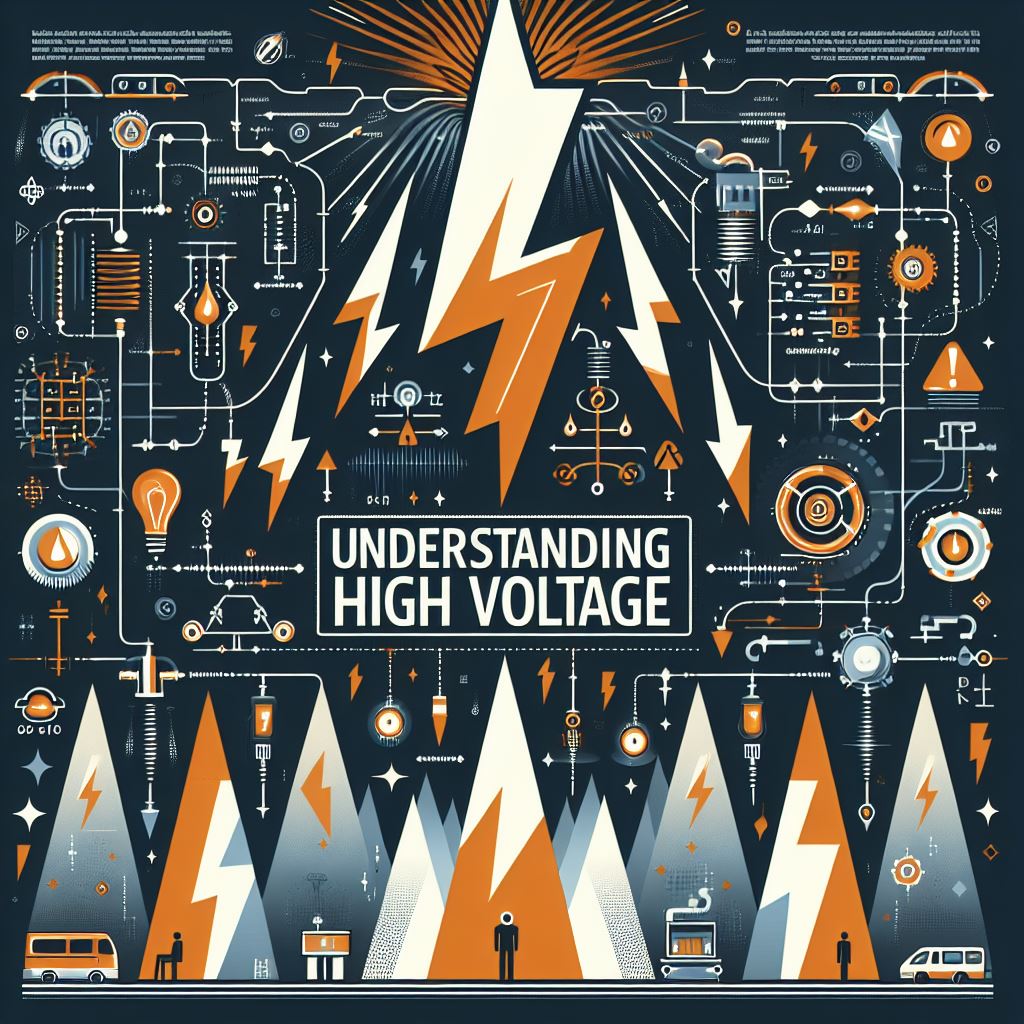Introduction to High Voltage
It’s not just an numerical value; it’s an actual threshold that causes electrons to surge with a newfound energy. Think of a bolt of lightning that is powerful and stunning, linking Earth and sky. This is high voltage at work, a explosion of energy that could jump across gaps, ignite gases and fuel our most ambitious projects.
Electricity, the invisible force which drives our lives today is amazing and frightening. Of all the aspects, high voltage is fascinating topic. We’ll dive into the exciting realm of high-voltage, examining its definition, application for safety, as well as other.
Defining High Voltage
Let’s measure this phenomenon. The highest voltage is typically above 1000 Volts in the case of AC as well as 1500 voltage to DC. It’s not all about numbers. It’s about security. There is a standard for safety. International Electrotechnical Commission (IEC) sets the standard, and the ANSI C84.1-2020 is the standard in the US categorizes nominal voltages. Over the Atlantic, British Standard BS 7671:2008 has its own twist.
Numerical Definition:
- The definition for a particular voltage to be a high voltage is determined by two elements:
- Potential for Spark The term “high voltage” is usually described as exceeding 1000 V for the alternating (AC) and at least 1500 V for direct current (AC) as well as at minimum 1500V for direct current (DC).
- Electrical Shock Hazard The document also examines the risk of electric shock due to contact or close proximity.
- Standards from around the world help in providing specific definitions for:
- The International Electrotechnical Commission (IEC) defines high voltage as greater than 1100 V AC and at least 1500 V for DC.
- Within the United States, ANSI C84.1-2020 specifies nominal voltage ratings:
- The voltage is high: from 115 to 230 1 kV
- Extremely high voltage up to 345 kV up to 765 kV
- Ultra-high voltage: 1,100 kV.
- British Standard BS 197671:2008 define high voltage to mean:
- The voltage difference between conductors is greater than 1 000 VAC or 1500 V DC that is ripple-free
- The voltage difference between a conductor and Earth is > 600 VAC or 900 V, which is ripple-free DC.
Applications of High Voltage: Illuminating the Electrified Landscape
High voltage, similar to lightning bolts charged that rips through our technology tapestry. Let’s examine its potential applications in which the sparks of creativity and necessity come together.
Power Transmission and Distribution
- Power Lines: High voltage lines crisscross continents, bridging vast distances. They transfer electric power from power stations to substations, making sure there is no energy loss.
- Transformers Shape-shifters move up and down levels of voltage. Long-distance transmission requires high voltage, whereas local distribution needs lower voltages.
Cathode-Ray Tubes (CRTs)
- Are you still thinking about the old monitors and TVs? CRTs thrived on high-voltage. They employed electron beams to make images. This was the catalyst for making magic occur.
X-rays and Particle Beams
- In labs and hospitals, high voltage creates X-rays — those vital rays that penetrate our bodies. Particle accelerators too thrive in high voltage.
Electrical Arcs and Ignition
- Spark plugs, welding arcs and neon signs have their brilliance due to high-voltage. It’s the electrical spark that is the catalyst for engines and brightens our world.
Photomultipliers and Amplifiers
- Photomultiplier tubes sense dim light and convert it into visible signals. High-power amplifier vacuum tubes boost communication signals.
Safety Measures in High Voltage Environments
Safety Measures
The handling of high voltage isn’t a something that children can do. Electricians are trained to handle the field of voltage classes, wearing safety gear similar to knights on the grid. The standards are tighter for circuits that exceed 50 volts, where a single touching can trigger a shock.
When working with high voltage, safety is of paramount importance. Here are the essential steps to assure your safety:
Proper Safety Equipment:
- Always wear the appropriate safety gear:
- Gloves Hands are protected against electric shock.
- Safety glasses Protect your eyes from debris and sparks.
- Face Shield The Face Shield is an additional protection for the face.
Grounded Safety Chain or Cable:
- When working at high voltage be sure to utilize a grounded cable or safety chain.
- This helps to prevent accidental contact with components that are energized.
Distance From Power Lines:
- Be careful when working near electricity lines with high-voltage.
- Be sure to keep a safe distance between you and your device to be safe from electric shock.
Interlocks:
- Install safety locks to avoid activating high-voltage power supply:
- Check that all doors for access are shut.
- It is important to de-energize the circuit immediately if a door is open.
Bare Conductor or Insulated Conductor. Insulated Conductor:
- Learn the difference
- Barre Conductor The conductor is unprotected or insulation.
- Conductor Covered enclosed in non-insulating material.
- Insulated Conductor Encased in a proper electrical insulation.
The Electrifying Conclusion
When you flick an on to brighten your space consider a moment to contemplate the unnoticed power that sprang into action, silently soaring over miles of cables until it be able to reach you. This high-voltage, invisible but powerful force powers our lives in ways that we usually overlook. It’s essential to take care of its power, since it is a source of the same unrestrained power as lightning, but it’s harnessed to fit perfectly into the electrical sockets in our houses. It’s the energy that fuels our development, enabling innovations and lighting the pathways of our everyday lives and reminding us of our the power of human creativity and the triumph of light over the darkness.
FAQs:
Does high voltage pose danger?
- Yes, it is dangerous. Treat it with respect like a dragon who guards the treasure.
Do I have to be near a high-voltage cable?
- Absolutely no! Let professionals handle it.
The reason why CRTs require high voltage?
- CRTs utilize electron beams to make images. The electrons are accelerated by high voltage.
Can high voltage cause fires?
- In certain circumstances under certain conditions, yes. Sparks are able to ignite flammable materials.
Does lightning have high potential?
- It’s true that lightning is the ultimate high-voltage display in nature.


